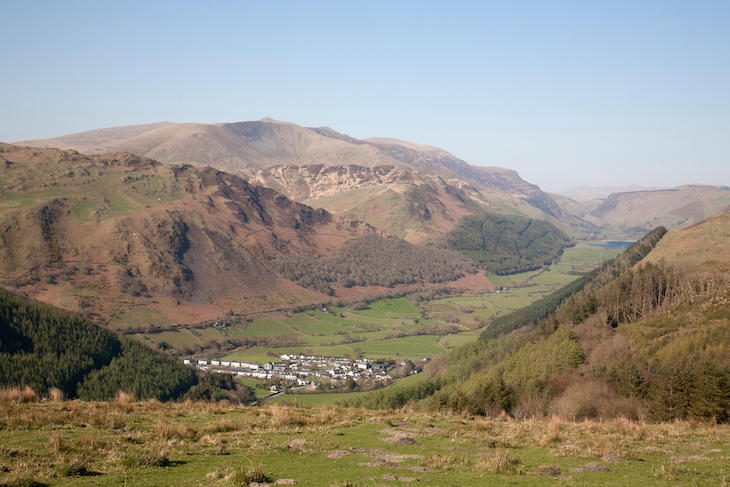You’ve probably never heard of Abergynolwyn, which sits in the Dysynni valley in Merioneth in Wales. The village, established in the nineteenth century to house workers at the nearby Bryn Eglwys slate quarry, is home to just 400 people. But now Abergynolwyn has found its name besmirched by tenuous links to the slave trade.
Abergynolwyn falls within the jurisdiction of Gwynedd council, which manages ‘the slate landscape’ on behalf of Unesco. In April, the council announced that this tiny village must publicly acknowledge its relationship to the slave trade. As part of what Gwynedd council, led by Dyfrig Siencyn (Plaid Cymru), sees as its broader plan to expose the slate landscape’s links to slavery, a plaque advertising the somewhat vague connection will adorn the village hall. ‘Slavery and colonisation form part of the slate story,’ a council spokesperson explained.
What exactly is the link between this small industrial village and slavery?
This news will no doubt come as a surprise to locals.

Britain’s best politics newsletters
You get two free articles each week when you sign up to The Spectator’s emails.
Already a subscriber? Log in






Comments
Join the debate for just $5 for 3 months
Be part of the conversation with other Spectator readers by getting your first three months for $5.
UNLOCK ACCESS Just $5 for 3 monthsAlready a subscriber? Log in